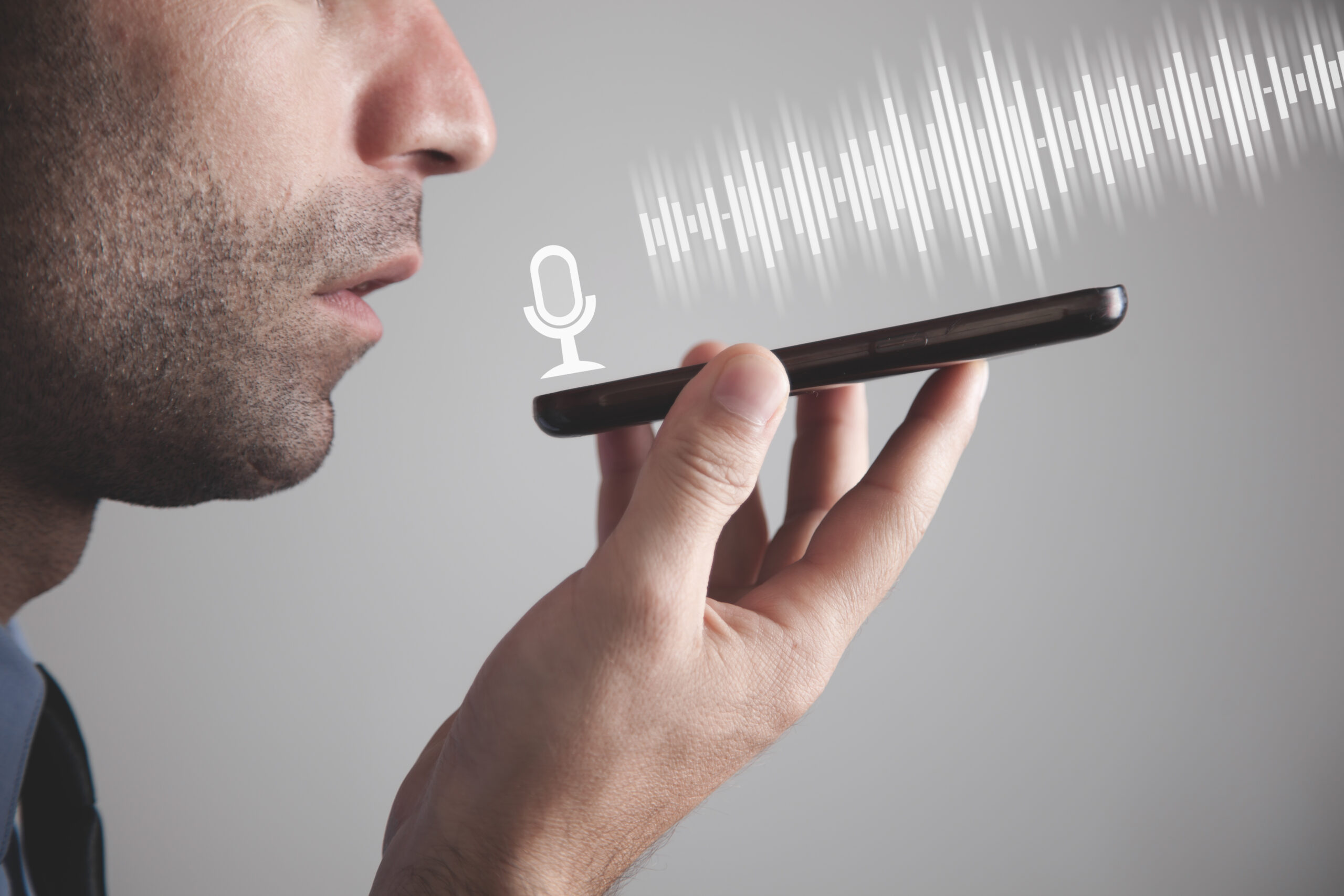*This article is an English translation of a Japanese article.
Web accessibility is about ensuring that everyone can access and use web content equally. Among the various aspects of accessibility, designing for users with hearing impairments is a critical yet often overlooked consideration. In this article, we will explore design tips and best practices to make websites more accessible to individuals with hearing disabilities. By following these guidelines, you can create a web experience that allows hearing-impaired users to smoothly understand and enjoy your content.
1. What is Web Accessibility for Users with Hearing Impairments?
Hearing-impaired users include those who are completely deaf or partially hearing. These users face challenges in accessing audio-based content, making special considerations necessary when providing information on the web. Content that relies heavily on audio can create barriers for hearing-impaired users, leading to unequal access to information. Implementing the following strategies will help create websites that everyone can use comfortably.
Key Challenges Faced by Hearing-Impaired Users
- Difficulty Understanding Audio Content: Audio or video information may be inaccessible to users who rely on visual input.
- Missed Audio Alerts and Notifications: Important notifications conveyed solely through sound may go unnoticed.
- Challenges with Live Streaming: Participating in live conversations or events can be difficult, as real-time audio may not be accessible.
2. Providing Transcripts and Subtitles
Importance of Transcripts
Always provide transcripts for audio content. A transcript is a text version of the audio, offering an accessible alternative for hearing-impaired users. For example, podcasts or recorded video meetings with transcripts benefit not only hearing-impaired users but also those in noisy environments where listening to audio may not be possible.
Subtitles for Video Content
Ensure that all video content includes subtitles. Subtitles are a key source of information for hearing-impaired users as they display spoken words in text form. Effective subtitles should include:
- Speaker Identification: Indicate who is speaking to provide clarity.
- Important Sound Descriptions: Include descriptions of non-verbal sounds like applause or background music to enhance understanding.
- Accurate Translation: For foreign language content, provide accurate translations.
Challenges and Solutions for Auto-Generated Subtitles
Platforms like YouTube and Zoom offer auto-captioning features, but these are not always accurate. Auto-generated subtitles should be reviewed and corrected for errors. For specialized content with many technical terms or proper nouns, manually created subtitles are recommended.
3. Visual Alternatives for Audio Notifications
Visualizing Audio Alerts
For important audio notifications or alerts (e.g., error sounds, chimes), provide a visual alternative. Pop-up messages or color changes on the screen can grab users’ attention without relying on sound, ensuring that important information is conveyed visually.
Real-Time Captions for Live Events
In live streaming or online events, real-time captions are a valuable tool. Real-time captioning transcribes live conversations instantly and benefits both hearing-impaired users and non-native speakers. This can be done by hiring professional captioners or using automated captioning services.
4. Using Sign Language Videos and Interpreters
Adding Sign Language Interpretation
Sign language is a primary communication method for many hearing-impaired users. Public institutions and websites that provide critical information can benefit from adding sign language interpretation to videos. Sign language videos help ensure that users fully understand the content, as they provide a more direct and accessible communication format than text or audio alone.
Using Sign Language Avatars
Leverage modern technology to incorporate sign language avatars. These avatars convert text or audio information into sign language in real time using animated characters. This is especially useful for adding sign language interpretation to video content in a more scalable way.
5. Inclusive Design and Testing
Importance of User Testing
To ensure your website is truly accessible to hearing-impaired users, conduct user testing with individuals who have hearing impairments. Collect feedback on elements such as the clarity of subtitles and the effectiveness of visual alerts, then iterate on your design based on their insights.
Favor Simple Design
Overly complex designs or excessive animations can hinder information delivery. A simple, intuitive design helps ensure that visual content is easily understood. Pay careful attention to the placement of subtitles or sign language videos—these elements should be prominent yet not distracting, making the information easy to access.
Conclusion: Providing a Better Web Experience for Hearing-Impaired Users
Designing websites with consideration for hearing-impaired users is achievable with just a few key adjustments. Offering non-audio-based information alternatives, visual notifications, and sign language interpretation helps create an inclusive web environment for all. Improving web accessibility is not only a matter of social responsibility but also enhances the usability of your site for a broader audience.
When designing your next website, consider adopting an inclusive approach that prioritizes the needs of hearing-impaired users. This will help build a website that provides equal access to information and improves the overall user experience for everyone.
We have released the UUU Web Accessibility Widget Tool, designed to make web accessibility easy to implement. This tool helps improve the accessibility of websites quickly and efficiently, even without specialized knowledge.
If you’re interested in enhancing your website’s accessibility, please check out the details. We are here to support you in making your website more user-friendly and accessible to a wider audience.
